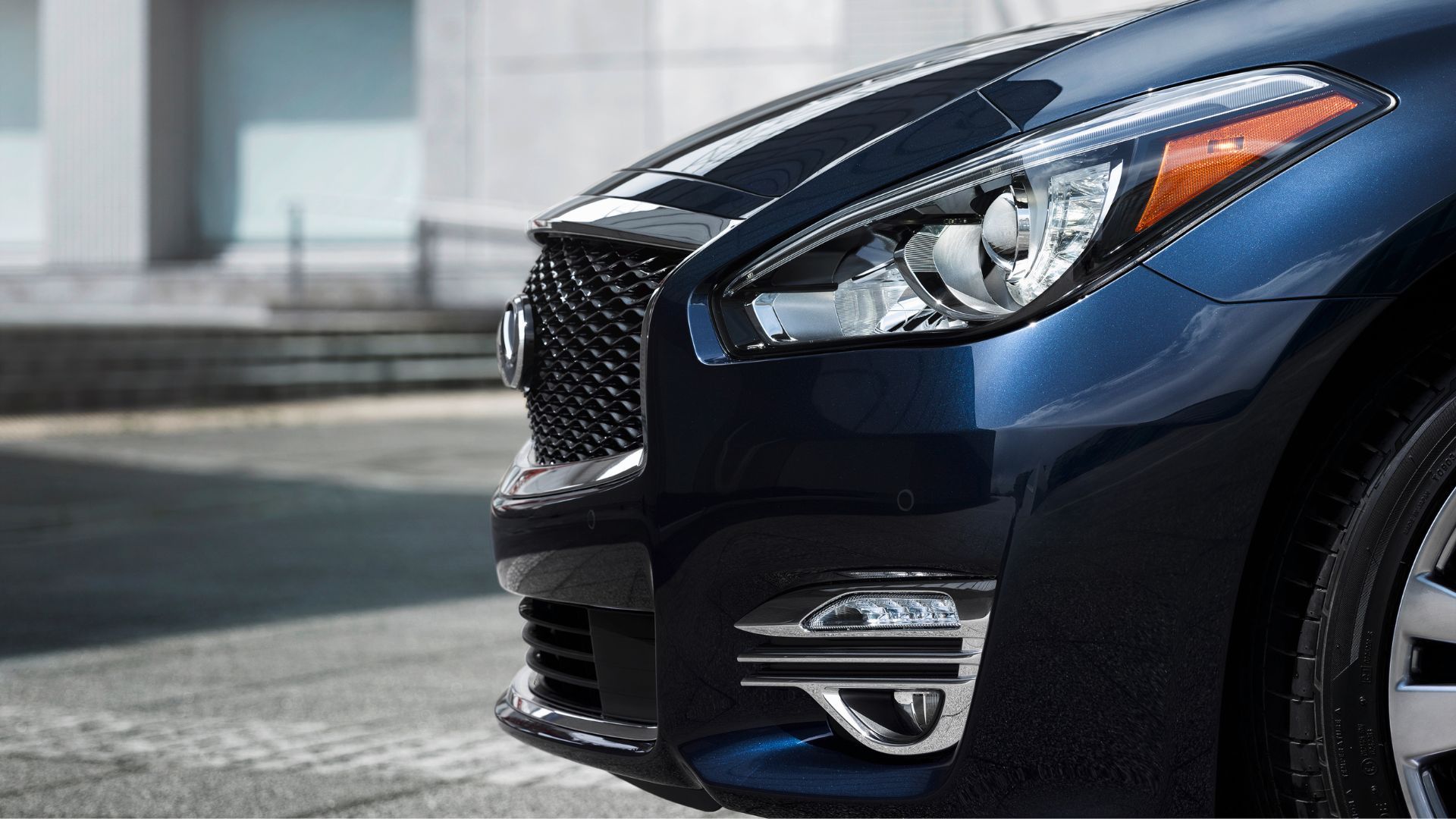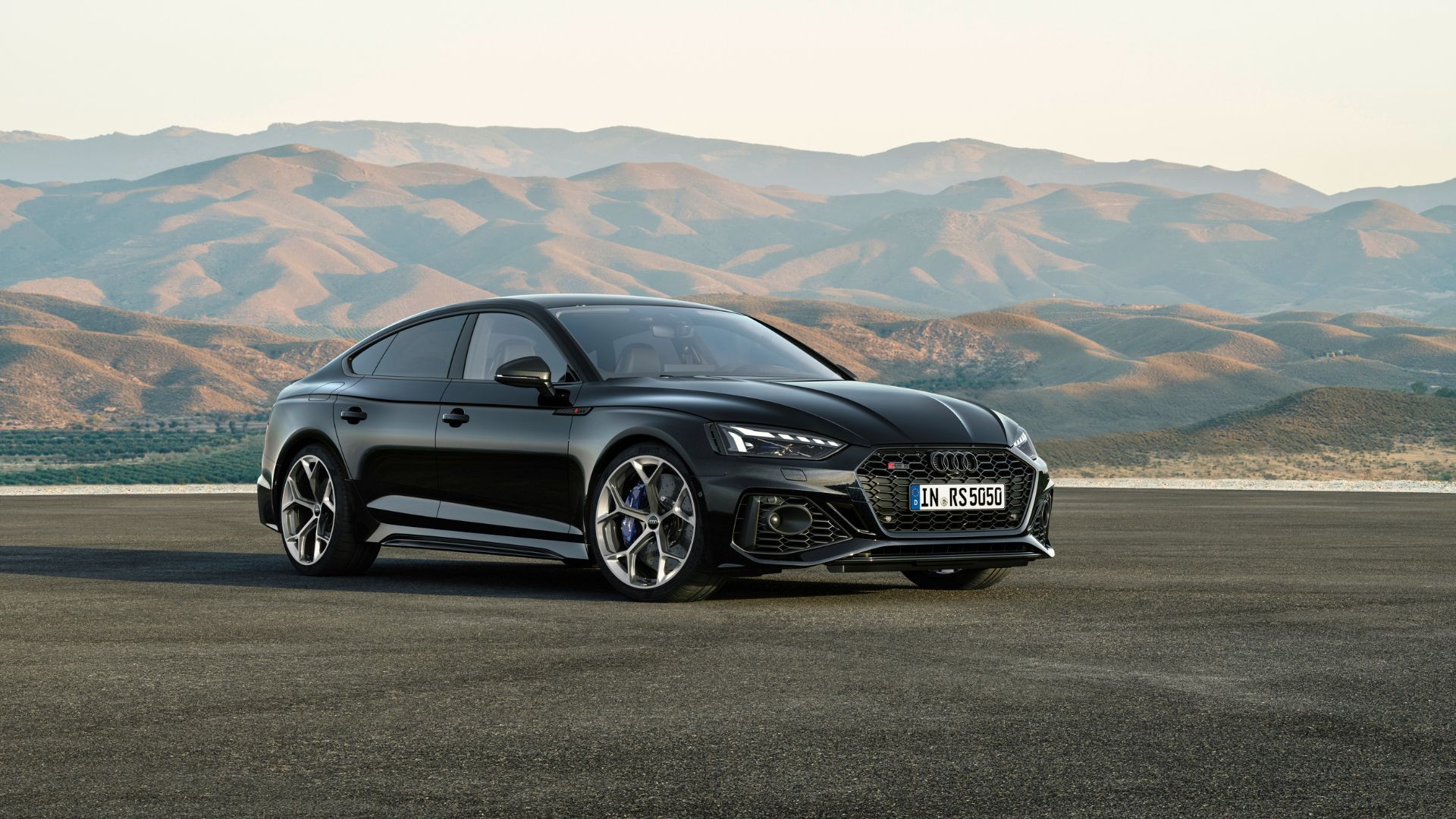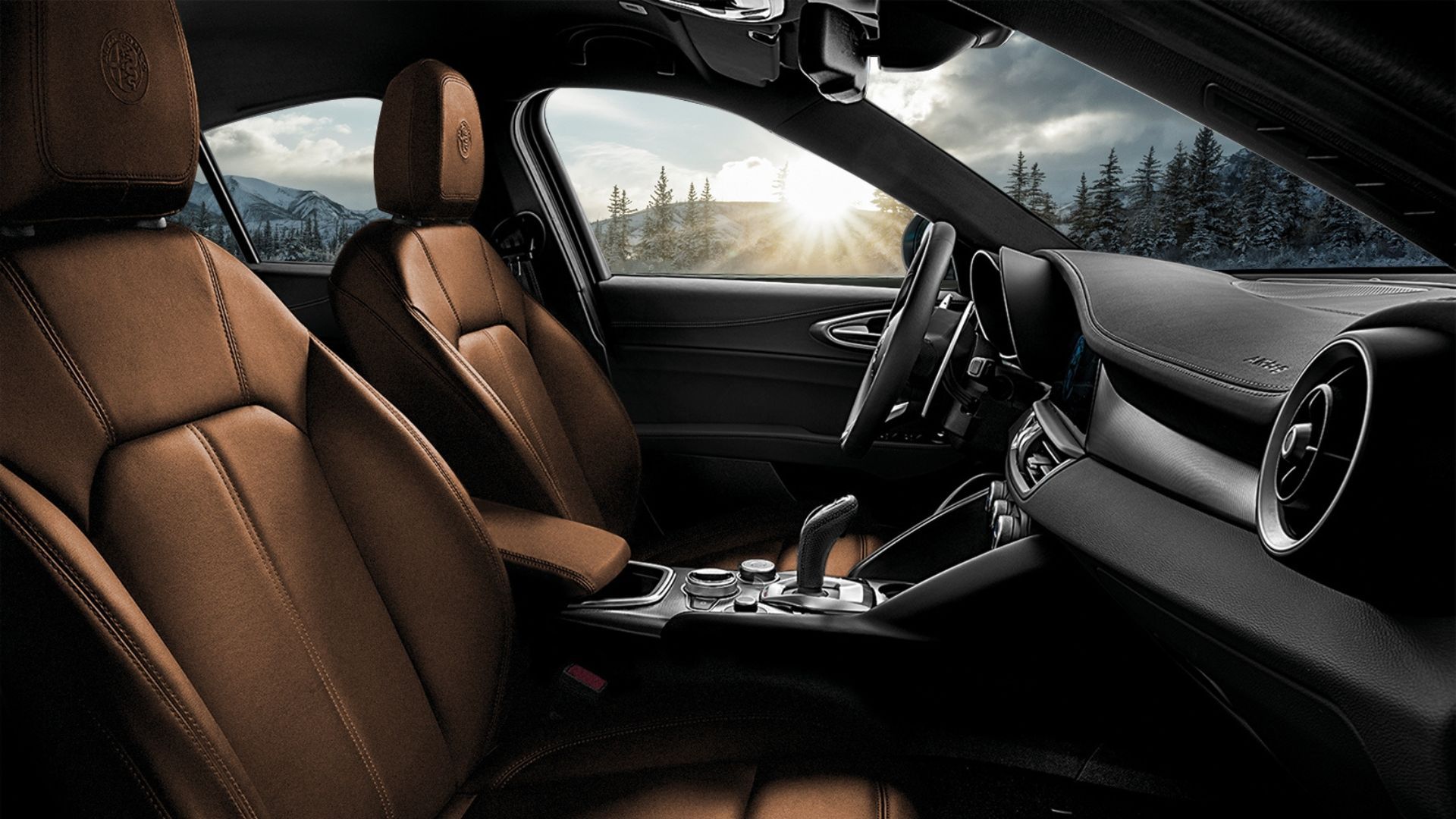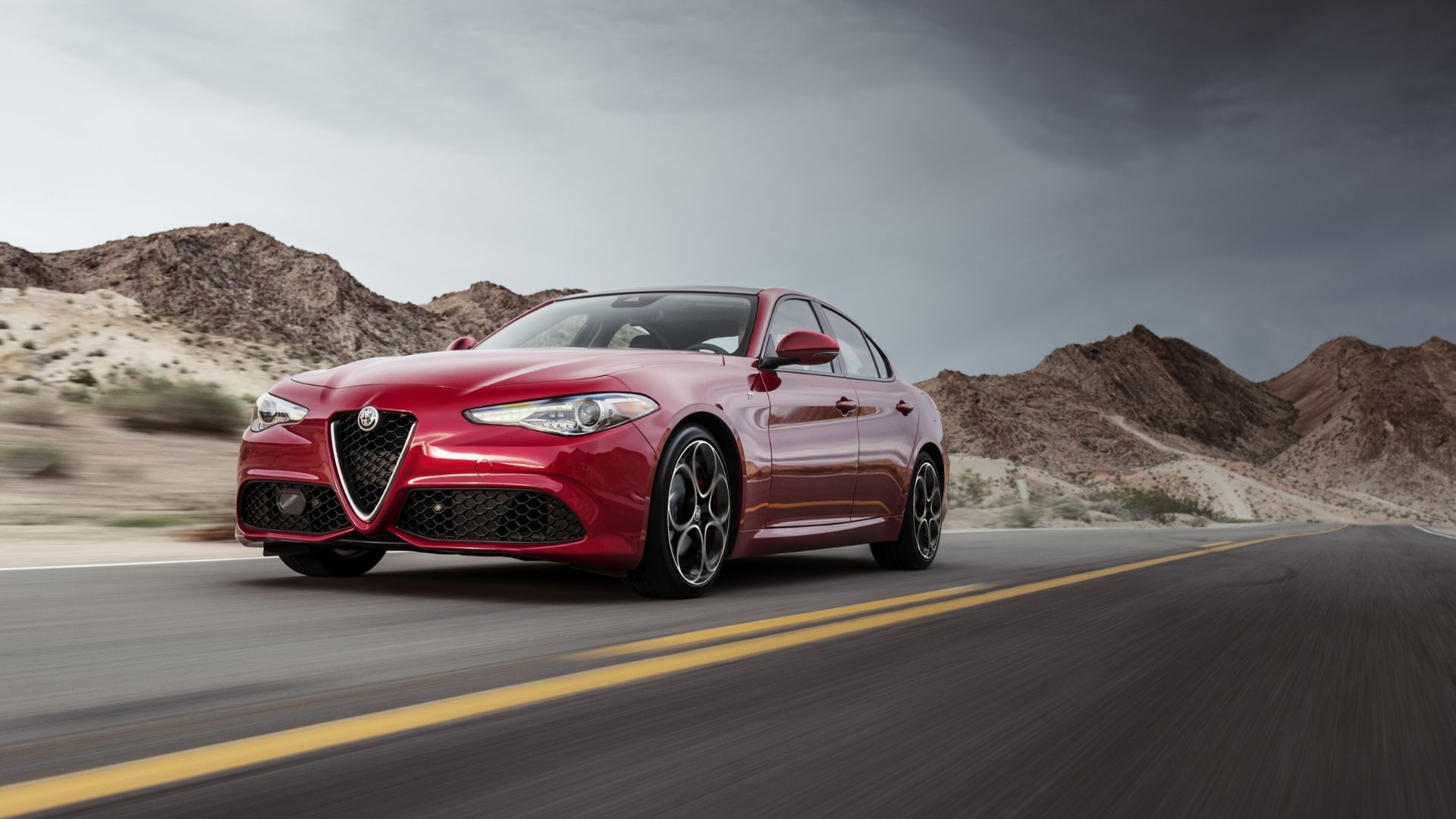This Sports Sedan Brings the European Vibe but Costs Corolla Money

Most people think $20K only buys you something sensible, reliable, fuel-efficient, maybe even a little boring. But thanks to depreciation, that same budget can unlock something far more exciting.
Enter the Alfa Romeo Giulia: a drop-dead gorgeous, rear-wheel-drive sports sedan that feels like it rolled straight off an Italian postcard. It was Alfa’s bold comeback to the American market, and today, you can snag one for Corolla money.
It looks like a million bucks, drives like it’s chasing a Ferrari, and carries just enough drama to keep things interesting. So, is it a hidden gem—or a beautiful headache? Let’s dive in.
In order to give you the most up-to-date and accurate information possible, the data used to compile this article was sourced from Alfa Romeo and other authoritative sources, including CarBuzz, Car & Driver, Kelley Blue Book, Motortrend, and The Drive.

Related
These Are the Best Used Luxury Sedans Under $25K (That Are Actually Worth the Money)
These used sedans under $25,000 blend luxury, performance, and value into one smart, stylish package.
The Italian Rebel That Brought Alfa Back
When word got out that Alfa Romeo was plotting a U.S. comeback in the early 2010s, car nerds everywhere started buzzing. The brand had been gone since 1995, and let’s be honest—its legacy was more drama than dependability.
Their re-entry started with the 4C in 2014, a carbon-fiber go-kart that looked like a baby supercar and handled like one, too. It was wild, beautiful, and absolutely not built to sell in big numbers.
That job fell to the Giulia. When it landed in 2017, all eyes went straight to the Quadrifoglio model, with its Ferrari-sourced twin-turbo V6, 505 horsepower, and angry Italian looks.
It had the goods to take on the BMW M3—and did. But with an $80K sticker, most of us were left drooling from a distance.

Related
10 Family Friendly Sedans That Drive Like Sports Cars
These family sedans offer sporty handling, strong acceleration, and everyday practicality, making them perfect for driving enthusiasts with families.
No, most of us weren’t getting anywhere near the fire-breathing Quadrifoglio. But the Base and Ti models? That’s where the real value lived—with a punchy 280-horsepower turbo-four that kept the daily drive far from boring.
Even better, the Giulia’s knockout design wasn’t reserved for the top trims. Whether you spent $40K or double that, you still got a sedan that turned heads like few others.
Thanks to a lightweight chassis and near-perfect weight distribution, the Giulia didn’t just look the part—it drove like it, too. With razor-sharp steering and a ride that struck a rare balance between sporty and smooth, it outshone rivals in all the ways that matter to enthusiasts.
And now? These “regular” Giulias are popping up on the used market at prices that make them seriously hard to ignore.
Why the Giulia Hits Different
Even in its base 2.0-liter turbo form, the Giulia refuses to be ordinary. It cranks out 280 horsepower and 306 lb-ft of torque—numbers that still hold their own against many sporty compact sedans today.
That power goes through a slick 8-speed ZF automatic transmission, powering the rear wheels by default (with AWD available if you need it for snow or rain). The result? A 0-60 mph sprint in just over five seconds, plus a driving feel that’s planted, balanced, and ready for winding roads.
|
Engine |
2.0-liter turbocharged inline-4 |
|---|---|
|
Horsepower |
280 hp @ 5,200 rpm |
|
Torque |
306 lb-ft @ 2,000 rpm |
|
Transmission |
8-speed automatic |
|
Drivetrain |
Rear-wheel drive (AWD optional) |
|
0-60 MPH |
5.1 seconds |
|
Top Speed |
149 mph |
|
Curb Weight |
Approx. 3,500 lbs |
|
Fuel Economy (RWD) |
24 mpg city / 33 mpg highway |
The Giulia rockets to 60 mph in just over five seconds—a solid time even by today’s standards. But this car isn’t about straight-line speed; it’s built to carve through corners with grace.
The Giulia feels agile and composed, even over rough pavement, thanks to a near-perfect 50/50 weight balance and a low center of gravity. The steering strikes the perfect balance—quick and precise without ever feeling twitchy.
It’s a car that practically begs you to push it hard, though the brakes could use a bit more bite. Still, behind the wheel, it’s impossible not to smile.

Related
These Cars Have Supercar-Like Performance At A Fraction Of The Cost
Supercars may be fun to drive, but they cost a fortune. Here are 10 cars with similar performance, which cost a lot less.
Step inside, and you’ll find a bit of a mixed bag. The leather feels nice, the steering wheel fits just right, and the gauges look sharp—but the budget cuts show up in places.
There’s more hard plastic than you’d expect, and some buttons and knobs don’t quite scream luxury. The back seat is cozy, but the front seats hug you just right.
The touchscreen on older models is on the small side, but honestly, when you add it all up, the Giulia still beats most entry-level rides you’ll find at this price. That’s where it really shines—getting luxury feels without the luxury price.
How Did This Beauty Drop From $50K to Just $20K?
Keep in mind—we’re talking about used Giulias here, not brand-new ones. What might be a dealbreaker at $50,000 can feel like part of the character when you’re shopping between $20K and around the $25K mark.
The good news? We’ve done the legwork and pulled together the average used prices for top-trim Giulias—year by year—based on what you can expect to find within this budget, according to Kelley Blue Book.
|
Year |
Trim |
Original MSRP |
KBB Fair Purchase Price (National Average) |
|---|---|---|---|
|
2023 |
Sprint |
$45,875 |
$24,486 |
|
2022 |
Ti |
$46,985 |
$25,418 |
|
2021 |
Ti Sport |
$47,895 |
$24,247 |
|
2020 |
Ti Sport Carbon |
$49,695 |
$23,152 |
|
2019 |
Ti Sport Carbon |
$49,540 |
$21,469 |
|
2018 |
Ti Sport |
$43,940 |
$18,304 |
|
2017 |
Quadrifoglio |
$73,595 |
$25,786 |
Ti trims are the most common, which makes them the easiest to find. But don’t sleep on the Base model—renamed the Sprint in 2021—which still comes loaded with features like Brembo brakes, leather seats, navigation, and the same engine and transmission as the higher trims.
You might also come across Ti variants with the Lusso package (think wood trim and contrast stitching) or the Sport package, which adds paddle shifters, aluminum accents, and more aggressive seats. Just keep in mind, trim names and features have changed quite a bit over the years.
For example, a bigger touchscreen became standard in 2020, so it’s worth double-checking the year and trim details before you buy. A quick bit of research can make a big difference in what you get.
What to Know Before Wrangling This Italian Thoroughbred
So, you’re intrigued by the idea of owning a used Giulia—can’t blame you. But before you fall for those curves and the seductive exhaust note, there are a few things you’ll want to check before signing on the dotted line.
Yes, the early Giulias had their fair share of hiccups. But most of those bugs were worked out after the first couple of years, and even earlier models likely had fixes done under warranty. Still, if you want to avoid unnecessary headaches, newer is usually better.
Here’s what to look for when shopping:
- Make sure the software’s up to date: Alfa squashed a bunch of early infotainment and system glitches with updates. If those haven’t been done, you could be in for some frustrating quirks.
- Watch for past electrical issues: Power windows, keyless entry, and random dash lights were problem areas. Ask if the seller has had these fixed—or if any dealer service records exist.
- Inspect for oil leaks: The 2.0-liter turbo can spring leaks, especially around the valve cover and turbo area. A peek underneath and around the engine bay can tell you a lot.
- Check the water pump history: These tend to go out around 60,000 to 80,000 miles. If the car’s in that range, make sure the pump’s been inspected or replaced—otherwise, budget for it.
- Be cautious with tuned cars: Sure, the turbo engine loves a little extra boost, but sloppy tuning can lead to big problems. Stick with stock or mildly modified examples unless you know exactly what you’re getting into.
If you’re feeling unsure, your best move is to dive into a few Giulia owner forums. They’re packed with passionate drivers who’ll tell you that most of the big issues were sorted out early on—and that with regular maintenance, a Giulia can be just as dependable as any other luxury sedan.
Don’t let old horror stories scare you off. Alfa owners consistently rank among the happiest out there, and there’s a reason for that.
If you’re comfortable with the typical upkeep that comes with a premium brand, the Giulia delivers big on style, performance, and personality. It’s a hidden gem in today’s used car market—and it’s got way more soul than anything else at this price.







